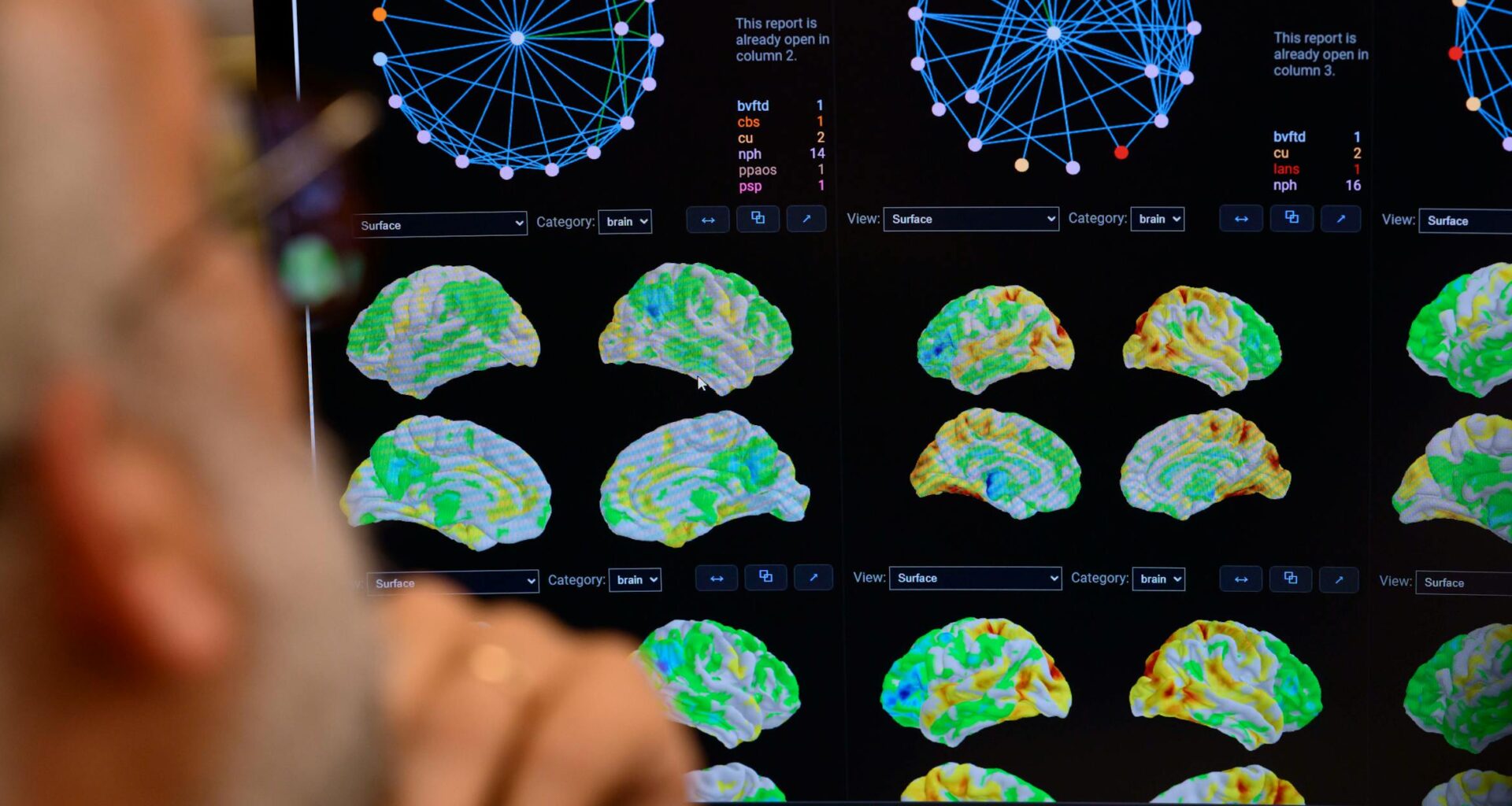Dr. Nathan Young leaned in for a closer look at a screen of colorful brain scans — one from a current patient, and the rest picked from a vast repository of similar past cases by a Mayo Clinic artificial intelligence tool.
“So, tell me more about what you’re seeing?” Young asked his colleague, Dr. David Jones, director of Mayo’s neurology AI program. The two doctors compared the new patient’s brain scan to the clusters of green, yellow and orange that, in past patients, indicated disorders like dementia.
Such side-by-side comparisons have long helped doctors identify neurological disorders, but this novel AI tool, called StateViewer, makes the process twice as fast and could triple its accuracy, Mayo officials have said.
In its first century and a half, Mayo Clinic credited its ascent to innovations like new patient care models, research and an array of new technologies including standardized patient recordkeeping. Today, its continued dominance may hinge on how well it masters the AI revolution.
Hospitals and researchers around the globe are racing to use AI tools in a technological gold rush poised to redefine medicine. From improving how mountains of digital files are organized to expediting diagnoses, Mayo has set out to drive that push.
The Rochester-based hospital has developed nearly 100 algorithms, with hundreds more on the way, that may read electrocardiograms better than a human and make a patient’s biopsy more impactful than ever before. And to power tools like those, Mayo recently launched health care’s first supercomputing cluster using Nvidia’s newest AI tech.
It hired a Biden administration official to lead the effort and is spending undisclosed but evidently large amounts of money.
“We have always prided ourselves on being the No. 1 organization,” chief AI implementation officer Micky Tripathi said in an interview. “That’s what we want to be.”
